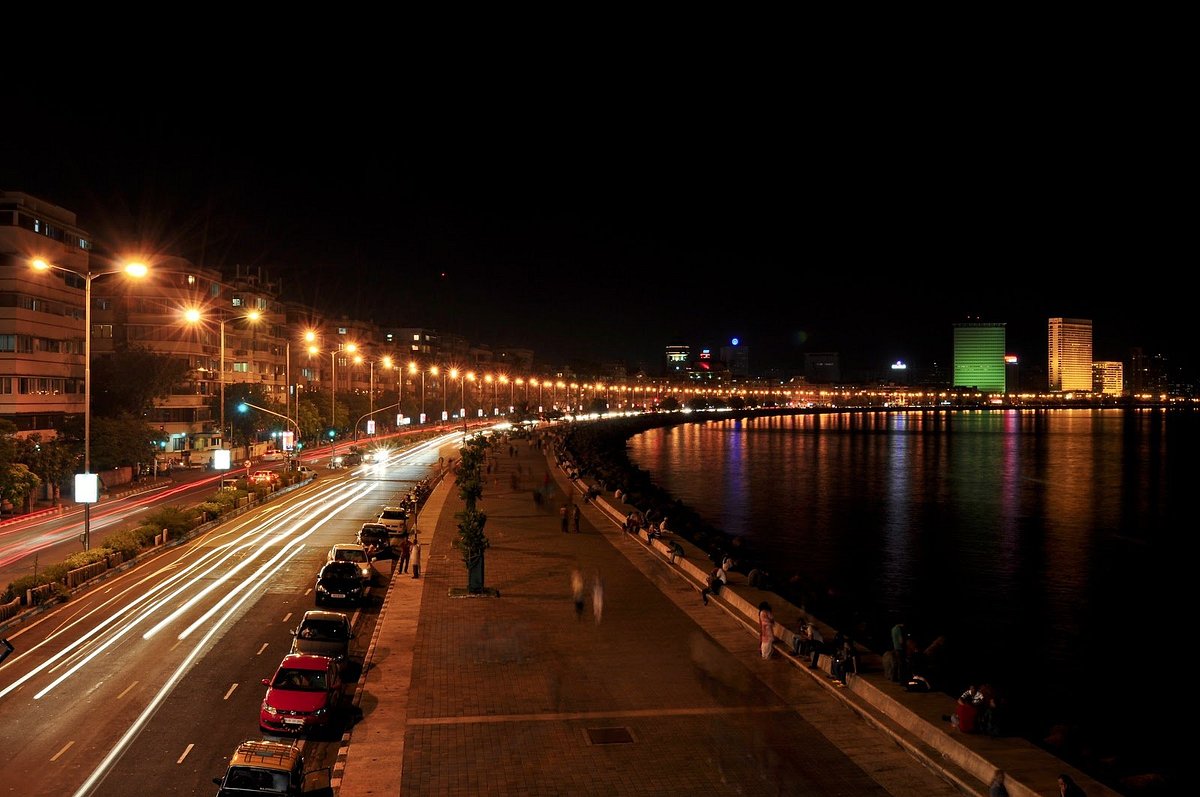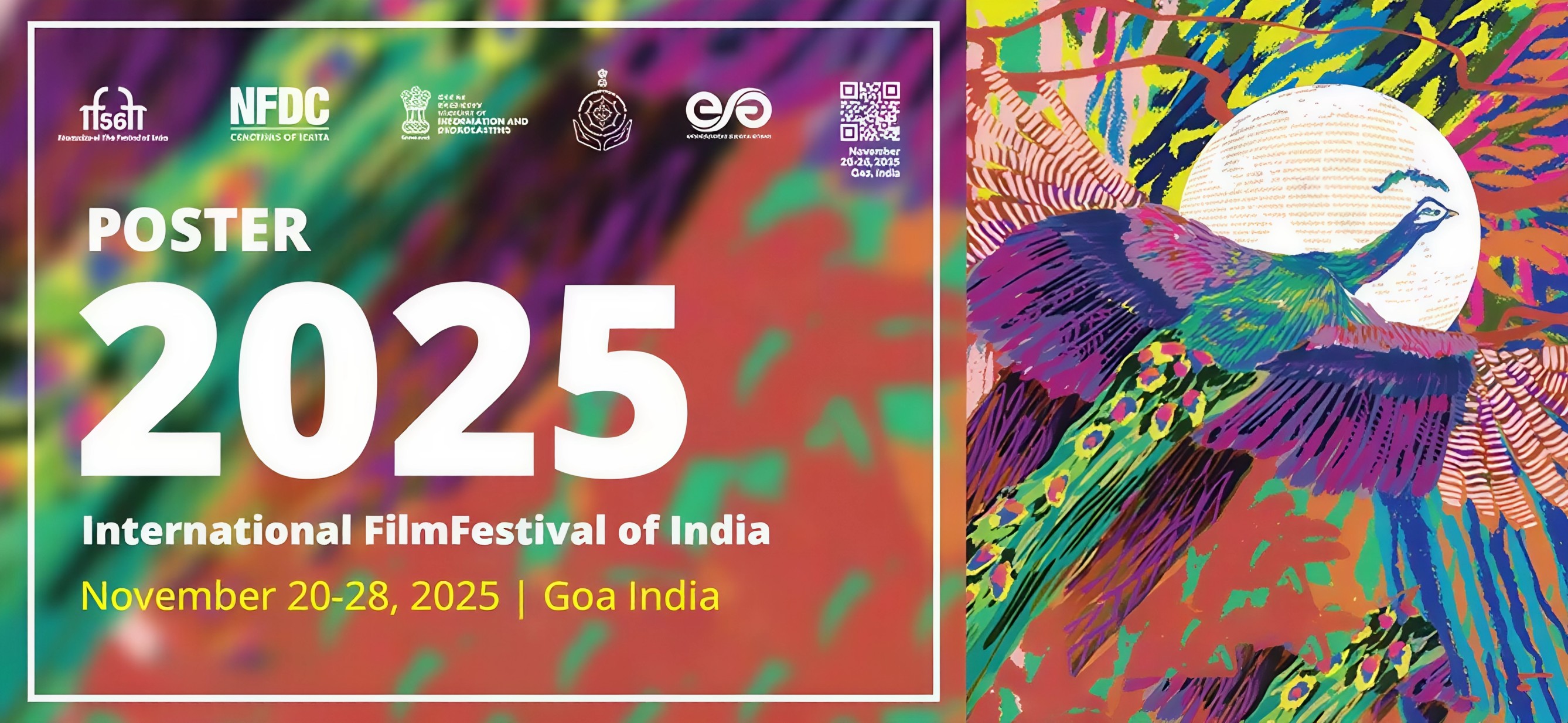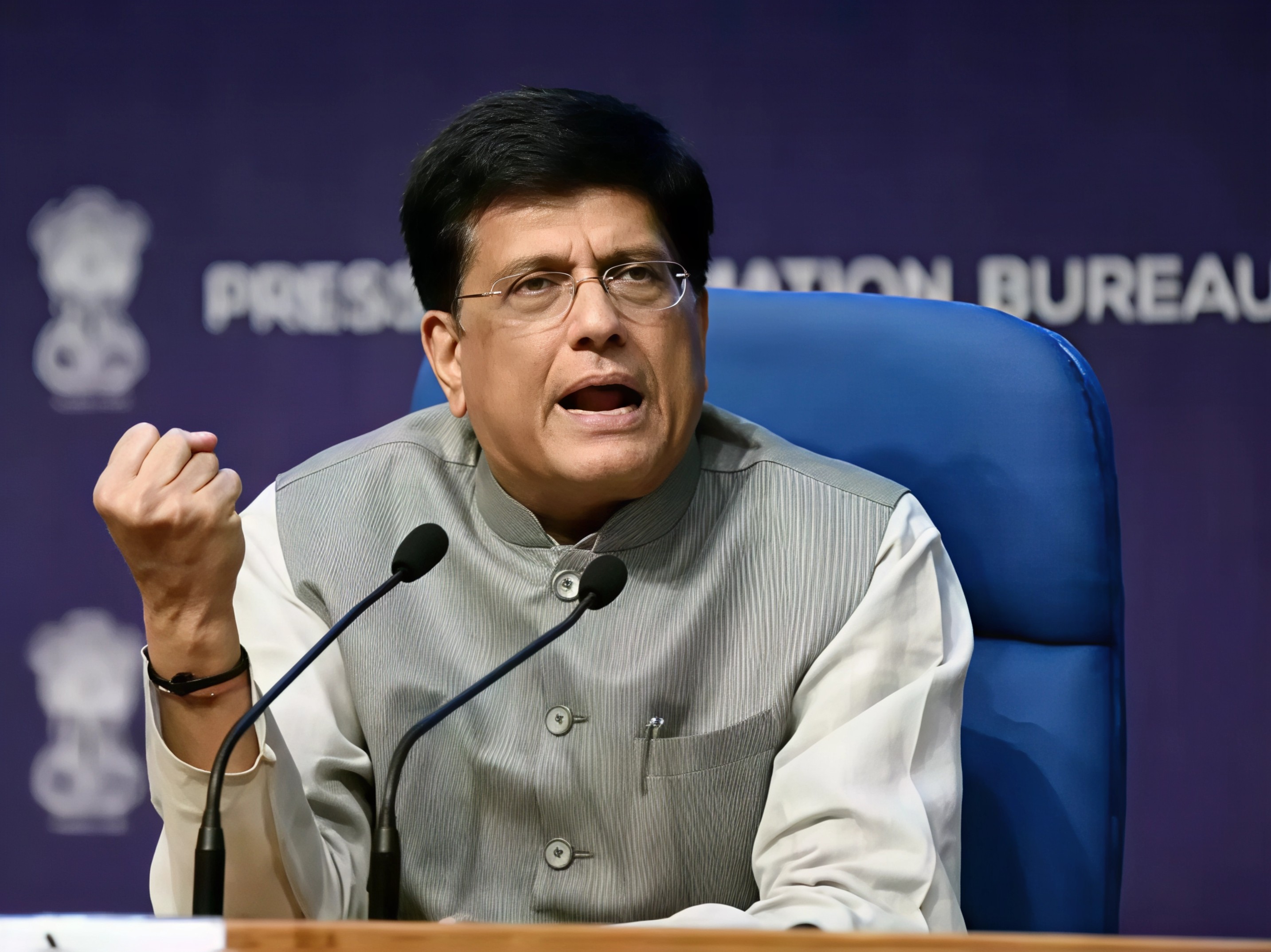Safety remains one of the biggest concerns for women travelling in India. Whether it is commuting in metros, walking along beaches, or returning home from work after dark, the question of safety shadows every journey. The newly released National Annual Report and Index on Women’s Safety (NARI) 2025 highlights just how deeply this issue affects women across the country.
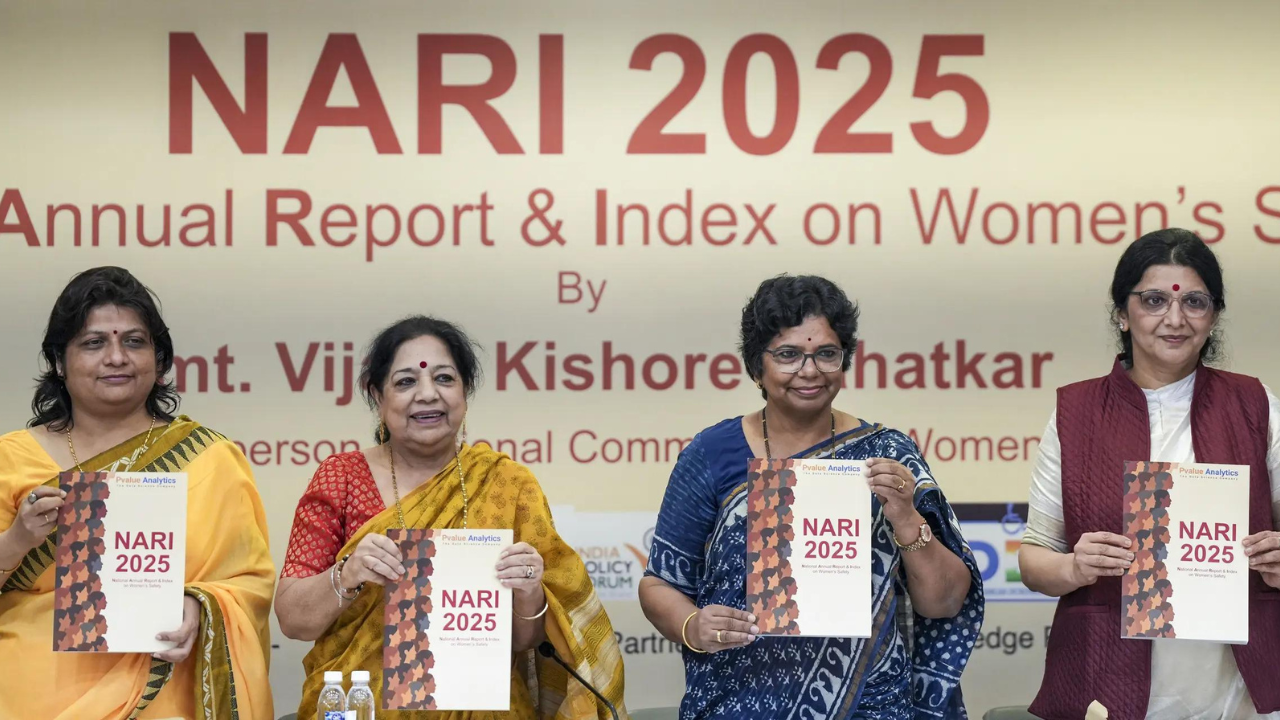
The survey, conducted among 12,770 women across 31 Indian cities, does more than list statistics. It captures the lived realities of women who navigate daily harassment, underreporting of crimes, and the constant calculation of risk whenever they step outside. According to the findings, nearly four in ten women feel unsafe in their own cities.
The Cities Leading and Lagging in Safety
Mumbai emerged as the safest city for women, credited to visible policing, stronger civic participation, and urban planning that includes women in public spaces. Cities such as Kohima, Bhubaneswar, Aizawl, Visakhapatnam, Gangtok, and Itanagar also scored well above the national safety benchmark of 65 percent.
On the other end of the spectrum, Delhi remains the most unsafe city for women, followed closely by Jaipur, Patna, Faridabad, Kolkata, Srinagar, and Ranchi. In these cities, the absence of robust infrastructure, weak responsiveness from institutions, and entrenched patriarchal norms continue to erode women’s sense of security.
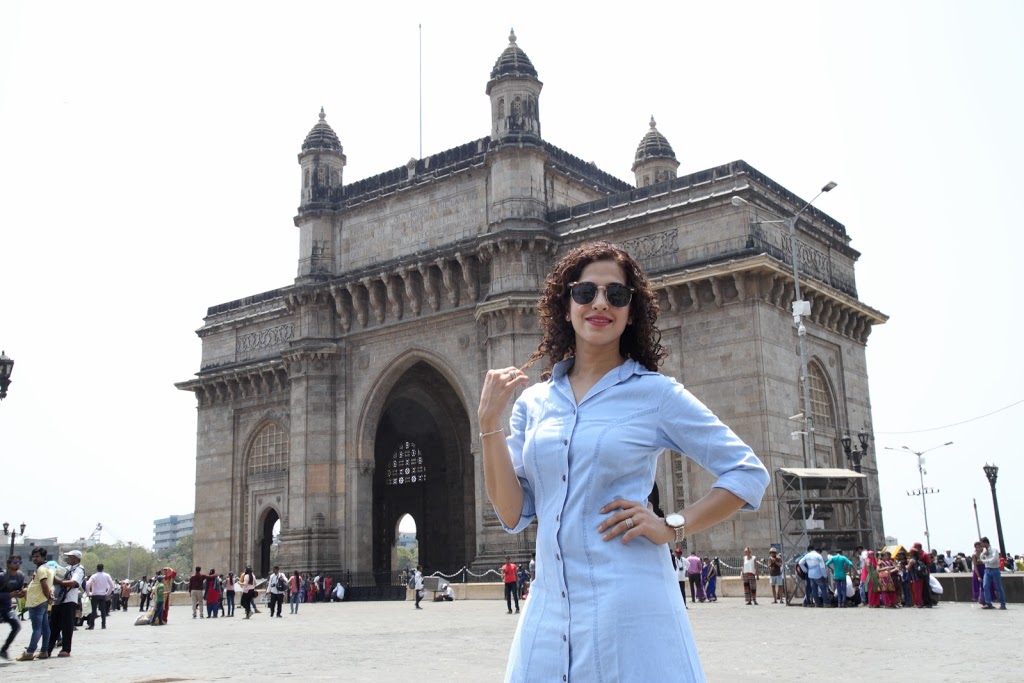
What the Numbers Say
The report paints a sobering picture. Seven percent of women surveyed faced harassment in 2024, with verbal abuse being the most common, followed by physical and digital harassment. Public spaces are the biggest hotspots, with neighbourhoods and public transport ranking highest for incidents.
Even more concerning is the sharp decline in confidence after dark. Women’s mobility contracts dramatically once the sun sets, with deserted metro stations, poorly lit roads, and unsafe buses amplifying fears. Only one in three women reported harassment, and just one in four believed authorities would take effective action if they did.
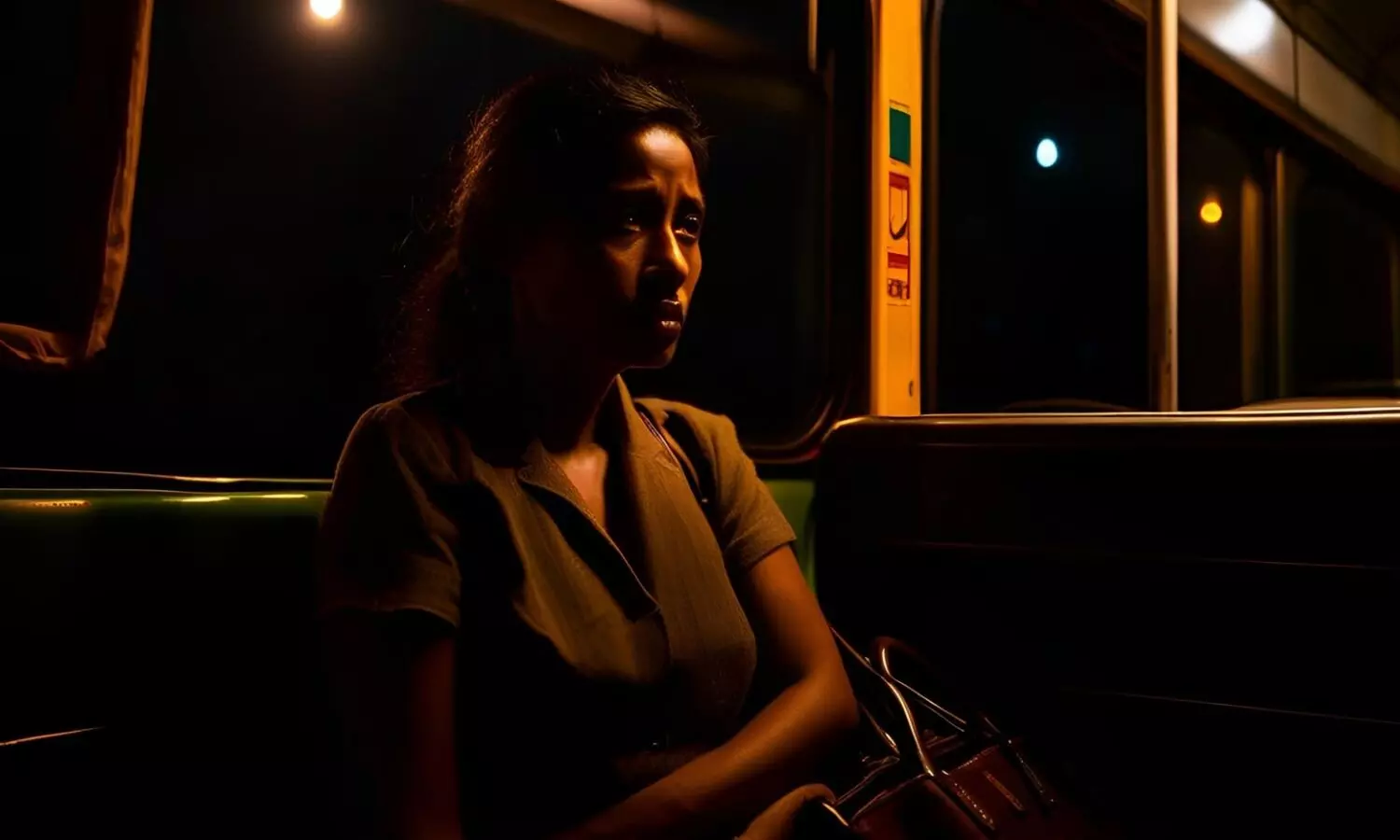
Stories Behind the Data
The statistics reflect countless personal stories. Many women describe adjusting their daily choices—avoiding public transport, booking cabs instead of walking short distances, or cutting outings short—to avoid potential threats. While some cities like Mumbai allow women to feel relatively freer, others like Delhi make women rethink every move, outfit, and route.
This invisible burden of constant caution impacts not only everyday life but also the way women experience travel. A city’s culture, visibility of women in public spaces, and reliability of safety measures can mean the difference between exploring freely and living in fear.

What Needs to Change
The NARI 2025 report makes it clear that safety cannot be addressed only by crime numbers. Real change requires visible accountability, functional helplines, responsive security systems, and most importantly, a cultural shift that normalises women occupying public spaces.
Until women can walk without bracing themselves for harassment, no city can truly be called safe.
Follow Travel moves on Instagram and Facebook for more insights, reports, and updates that shape the way we live, work, and travel.

